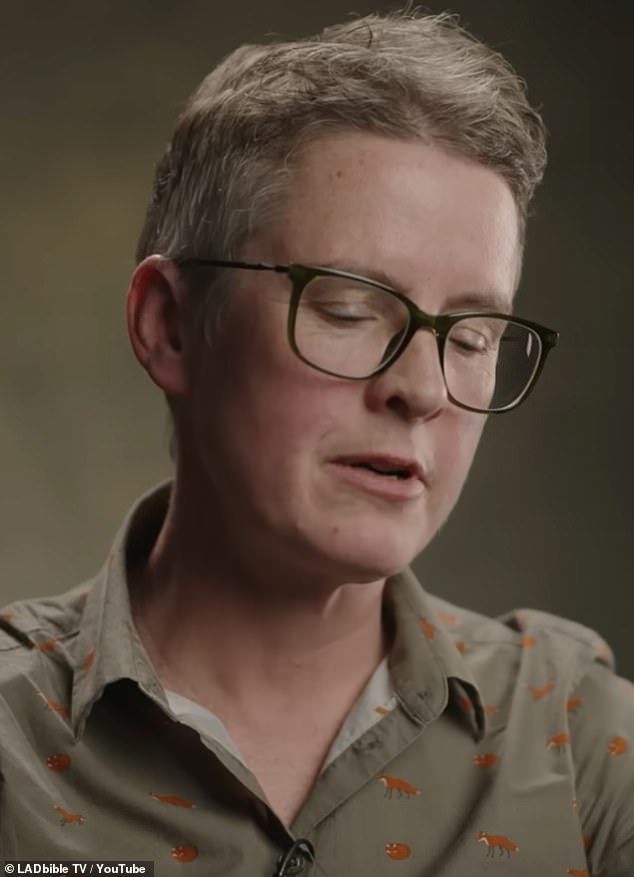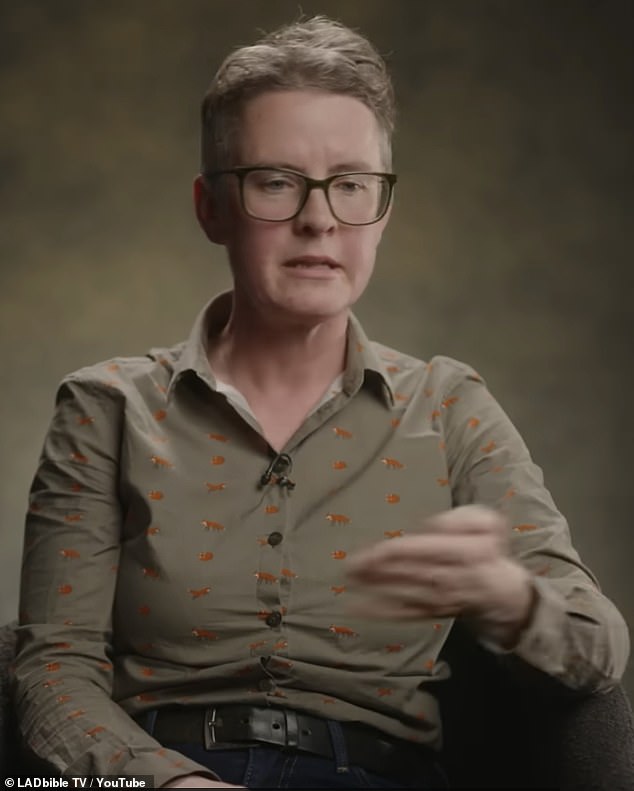A forensic scientist has spoken out about the worst cases she has ever seen in a revealing interview, including details of how she identified one of the 7/7 London bombers.
Jo Millington, a blood spatter specialist who has worked for Britain’s police forces for the past 25 years, shared details about some of the stomach-churning crime scenes she has worked on.
The expert, from Reading, also revealed the common mistakes murderers make when killing, and explained why a crime scene can never be completely cleaned.
speaking to LADbible TVJo, who set up Spattered Ltd in 2020, revealed that she managed to identify one of the 7/7 attackers in London by analyzing DNA from a packet of peanuts.
The 7 July 2005 bombings, also known as 7/7, were a series of four coordinated suicide attacks carried out by Islamist terrorists against commuters traveling on London transport during the morning rush hour, killing 56 people.
According to Jo: “The London attacks happened, everyone was hands on deck for that incident, bBut what I was involved in was examining the car the attackers had used to travel to Luton Airport.
And it had been subjected to a controlled explosion to ensure it was safe. That car was then transported to the London Laboratory, where I examined it in a really safe environment.
‘What we were trying to establish was who was driving it. So naturally you clean the steering wheel, gear shift, handbrake, and the parts that people touch when driving.
“But when I got into the driver’s side and looked in the door pocket, there was a small package of peanuts.
‘You know, when you buy a bag of peanuts, it has that little cut so you can tear the package. Well, that was broken and it was empty. And when I looked at the tear, it looked a little bit gnawed a little bit, (there was a) teething mark, something like that.
“And I thought, ‘You know what? If you were driving this car and you got a package of peanuts, how would you open it? “I could break it with my teeth.”
“We examined this package of peanuts, wiped away this little tear, and it generated a DNA profile that identified one of the attackers, because he had literally just eaten a package of peanuts.”
Jo Millington (pictured) is a blood spatter specialist who has worked for Britain’s police forces for the last 25 years.
On the other hand, the blood spatter specialist pointed out some of the common mistakes made in murders.
She said: ‘Sometimes they go to quite extreme lengths to get rid of evidence. But in all cases, each contact leaves a mark, right?
“So, frankly, it is impossible to eradicate every particle of evidence at a crime scene.
“So the mistake they make, apart from not fully understanding the potential of forensic science, is that they forget that they leave traces of themselves on every surface they touch, on every path they take.
Jo continued: ‘We know, we’ve known about fingerprints for centuries and yet it’s probably one of the main ways that people are identified. Then you think, “How did you forget that you leave fingerprints?”
He recalled how a killer used his victim’s blood to write “something horrible” on the wall with his fingers and put an exclamation point at the end that had his fingerprint on it.
Recalling some of the worst cases she had ever seen, Jo described an “absolutely horrific” murder that had a lot of blood evidence to analyze.

The expert also revealed common mistakes that murderers make when killing and explained that the crime scene can never be completely cleaned.
She said: ‘I was once faced with this scene which, actually, was absolutely horrible. The guy had really catastrophic injuries to his head and the weapon was like a machete.
‘The reason the scene came to the police’s attention was because… there was a business that had rooms below this apartment, and blood was dripping through the ceiling into their office.
“So you can get an idea of how much blood is available, and it was pretty horrendous.”
Surprisingly, however, Jo admitted that it wasn’t the most shocking crime scene she had ever attended.
Looking back, he said: “So I went to the scene, it was in east London, and the suspect, ultimately, was a really problematic individual.” In reality, he suffered from a very serious mental illness, but he was one day discharged from his facility.
And he became friends with this guy, went back to his apartment and ended up killing him. He dismembered his body and then took his brain and cooked it in a frying pan.

Recalling some of the worst cases she has been on, Jo said she was called to an “absolutely horrible” murder with a lot of blood evidence to analyze.
Elsewhere she remembered another gruesome crime scene, where a body was found dismembered in a freezer, but Jo was confused to find no visible blood at the scene.
She said: “When I walked in, I remember thinking, ‘Where’s the blood?’ Why am I here?” Because there was literally nothing visible to the naked eye.
‘And then we applied a chemical to enhance the blood staining, and what it did was pick up traces of blood, which were indicative of cleaning.
“So there was blood there, it had been dismembered in that space, but enough cleaning had been done that none of it was really obvious anymore.
“But only when we enhanced it with chemicals could we see the traces left behind.”


